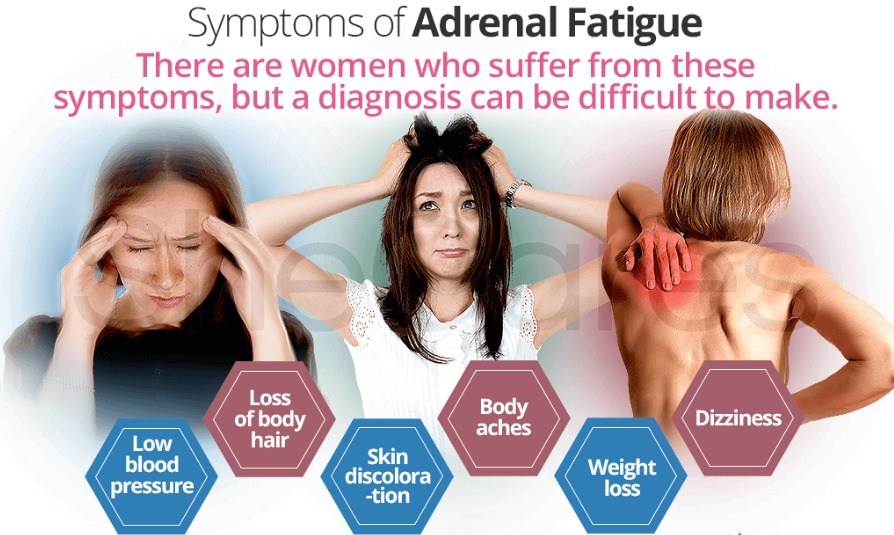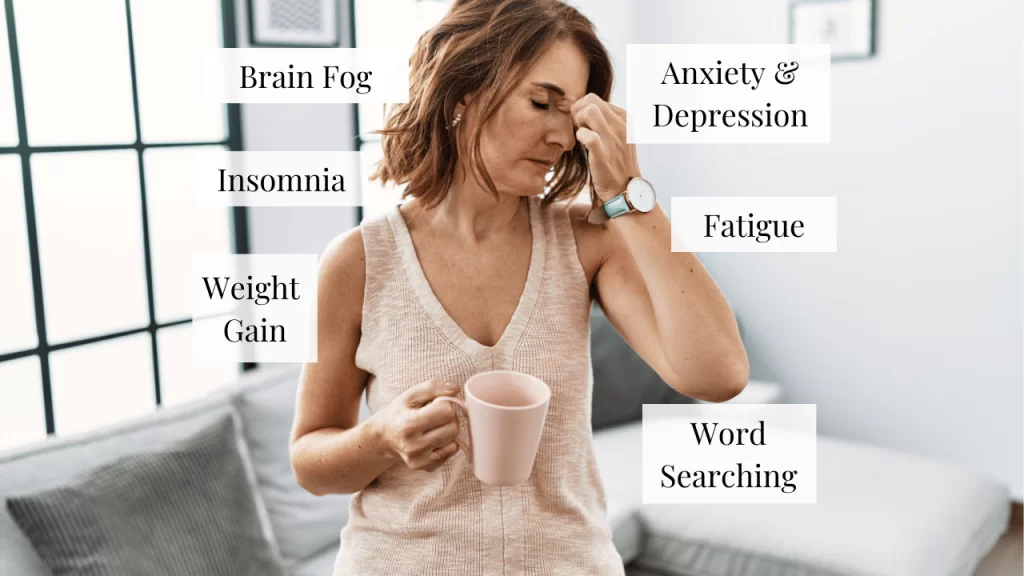Setting and managing personal boundaries is key to maintaining healthy relationships, ensuring emotional well-being, and protecting your time and energy. Here’s a step-by-step approach to help you establish and manage boundaries:
1. Identify Your Limits
Reflect on what makes you feel uncomfortable or stressed. Pay attention to your emotional reactions in various situations (e.g., feeling overwhelmed, resentful, or drained). These are clues that boundaries might need to be set.
Assess different aspects of your life where you might need boundaries: work, relationships, time management, emotional energy, physical space, etc.
2. Clarify Your Values
Determine what matters most to you. Your boundaries should align with your values (e.g., respect, honesty, time for self-care). When you know what you prioritize, it becomes easier to say no to things that contradict those values.
3. Communicate Clearly and Assertively
Express your boundaries to others calmly, directly, and with confidence. For example: “I need time to recharge after work, so I won’t be available for phone calls in the evening.”
Avoid over-explaining or apologizing too much. Be concise but clear about your needs.
4. Practice Saying No
Start small if you’re not used to setting boundaries. Get comfortable with saying “no” when something feels overwhelming or goes against your well-being.
Use phrases like “I can’t do that right now,” or “That doesn’t work for me.”
5. Be Consistent
Once you set a boundary, stick to it. Inconsistent boundaries can confuse others and lead to them being ignored.
Consistency reinforces your commitment to your own well-being.
6. Prepare for Pushback
Not everyone will accept your boundaries easily, especially if they’ve become accustomed to you not having them. Stay firm and be prepared to handle resistance calmly.
Remember, it’s okay to prioritize your needs even if others disagree.
7. Monitor and Adjust
Regularly assess how well your boundaries are working. Sometimes, boundaries may need to be adjusted depending on new circumstances or if you feel they aren’t strong enough.
Be open to evolving your boundaries as your personal and professional life changes.
8. Manage Guilt and Self-Care
It’s normal to feel guilty when setting boundaries, especially if you’re used to pleasing others. Remind yourself that boundaries are necessary for your health and well-being.
Practice self-care and prioritize your own needs to reinforce the importance of maintaining your boundaries.
By understanding your limits, communicating effectively, and staying consistent, you’ll build stronger, more respectful relationships and protect your mental and emotional energy.






